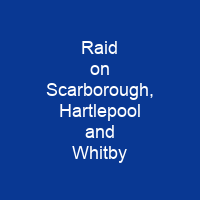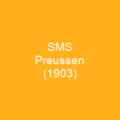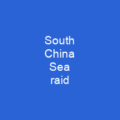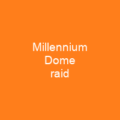The raid on Scarborough, Hartlepool and Whitby on 16 December 1914 was an attack by the Imperial German Navy on the British ports. The bombardments caused hundreds of civilian casualties and resulted in public outrage in Britain against the German Navy for the raid and the Royal Fleet for failing to prevent it. The German ships used three main codes for which codebooks were issued to their ships.
About Raid on Scarborough, Hartlepool and Whitby in brief

The British code breakers of Room 40 at the Admiralty could read German messages within a few hours of receiving them. Sufficient information had been gleaned on the evening of 14 December to know that the German battleship squadron would shortly be leaving port but did not suggest that all of the High Seas fleet might be involved. The High SeasFleet was outnumbered by the GrandFleet and perforce, avoided a fleet action. Several months after the declaration of war in August 1914, wear on British ships reached the point where repairs could not be postponed and several ships were withdrawn from theGrand Fleet. Three battle cruisers had been sent to South America and the brand new super-dreadnought HMS Audacious had been lost to a mine; HMS Thunderer was undergoing repairs. Commodore Roger Keyes ordered to send eight submarines and his two command destroyers, HMS Lurcher and Firedrake, to take station off the island of Terschelling, to catch German ships should they turn west into the English Channel. Commodore Reginald Tyrwhitt at Harwich ordered to sea with his light cruiser and Undaunted and 42 destroyers to catch the Germans if they turned west. The force was assembled south-east of the Dogger Bank, 25 miles from Scapa Flow. The intention was to allow the raid to take place, then allow the Germans to take the place. This risked giving away the presence of the British ships.
You want to know more about Raid on Scarborough, Hartlepool and Whitby?
This page is based on the article Raid on Scarborough, Hartlepool and Whitby published in Wikipedia (as of Dec. 21, 2020) and was automatically summarized using artificial intelligence.







